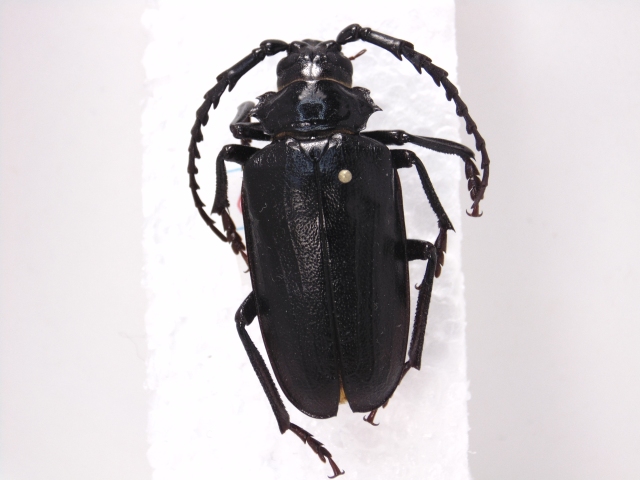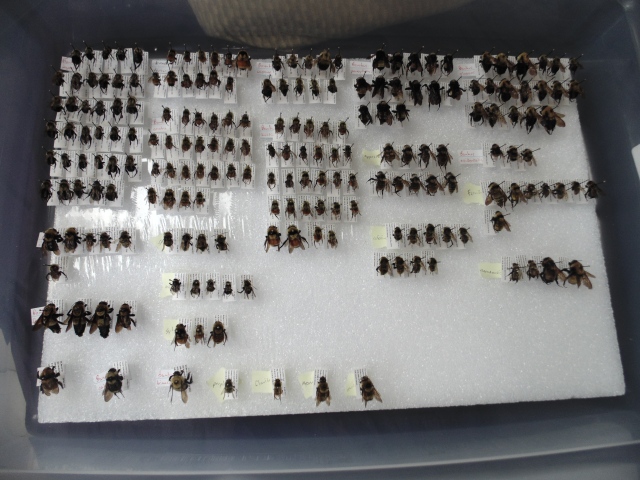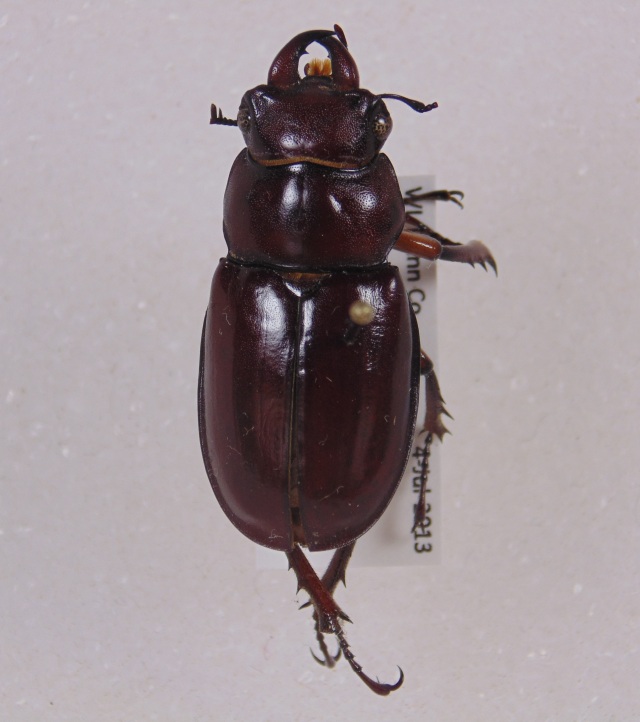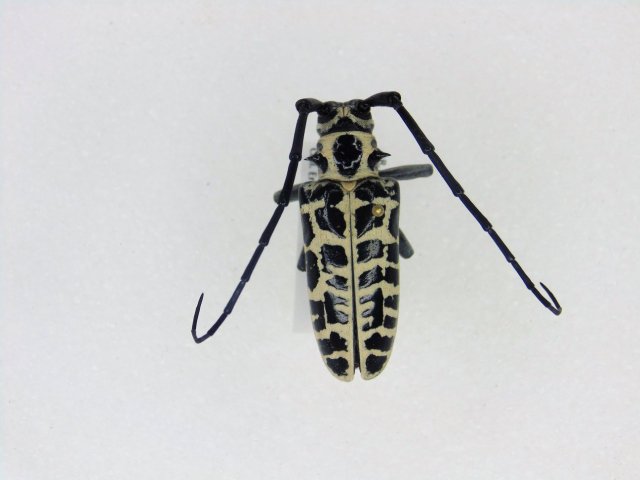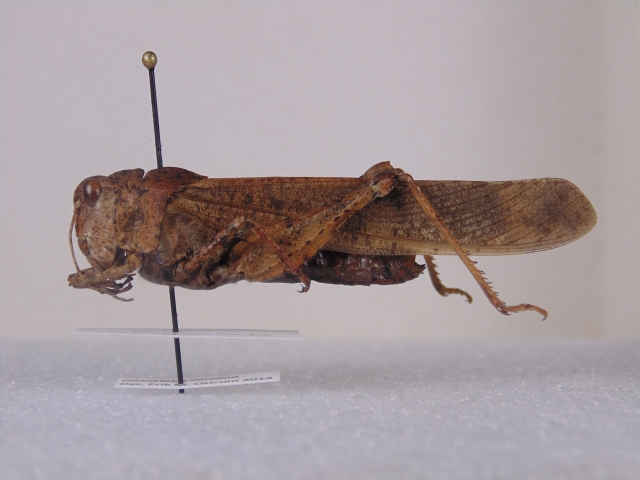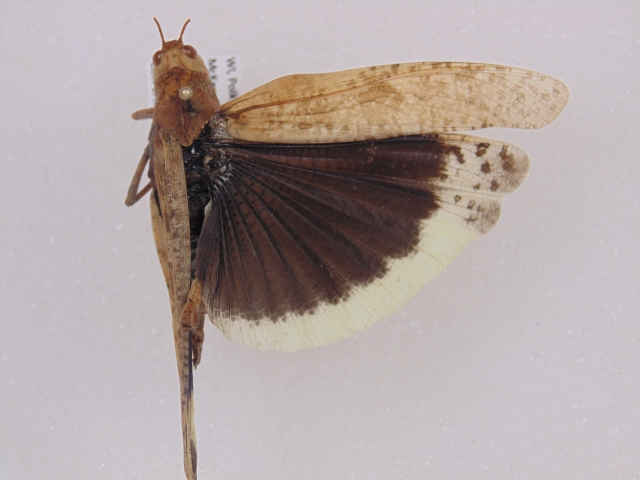This species was the most common Saturniid I encountered growing up in Wisconsin. Seeing one was always a treat as were the other species of Saturniidae. I remember on one particular fruitful blacklighting session back in 2012 we had 5 of them show up, which for Wisconsin, I consider pretty good.
This is a large species that can have a wingspan of up to 6 inches. The overall tan color is distinctive and contrast with the dark coloring surrounding the eyes on the hindwings. This is a common species found throughout the eastern U.S. and also has scattered records throughout the western states as well. The pair in the photo below were found in Colorado Springs, CO. I didn’t collect them as they were in the midst of mating.

One of the things I’ve always been amazed at is the size of the caterpillars and the life cycle which takes 1 year. The adults eclose in the spring and only live about 1 week as they don’t have mouthparts to feed. The caterpillars hatch and feed throughout the summer and early fall and then they pupate and over-winter.
I have a handful of specimens, all collected from Wisconsin.

Other online sources:
http://entnemdept.ufl.edu/creatures/MISC/MOTHS/polyphemus_moth.htm
https://bugguide.net/node/view/427
https://www.butterfliesandmoths.org/species/Antheraea-polyphemus

